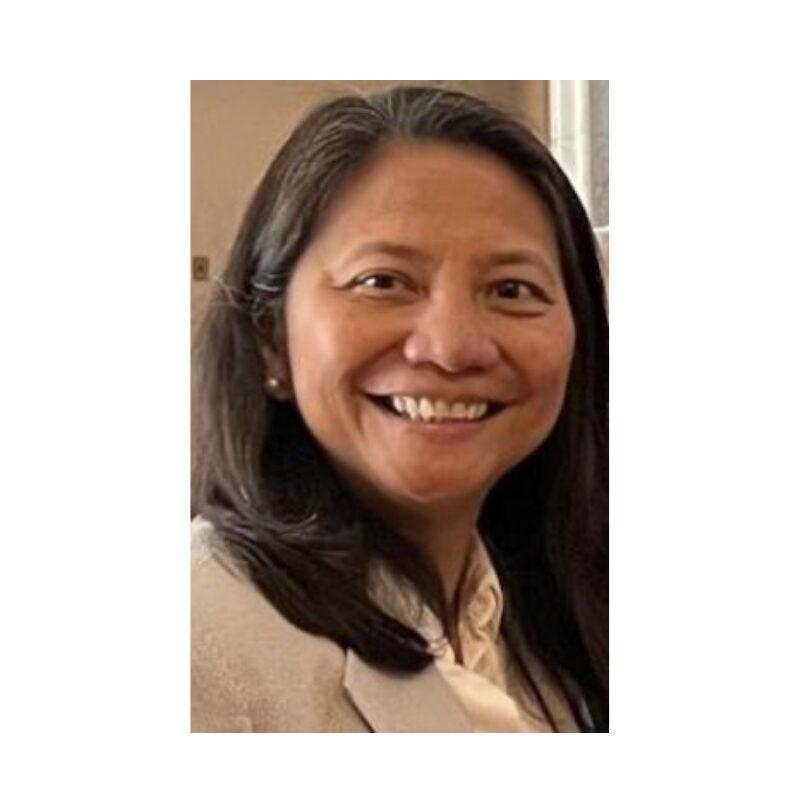LOS ANGELES – Nearly a half-million Californians–200,000 in Los Angeles County–are experiencing changes in their health insurance status through the state’s new Cal MediConnect. The pilot program is being tested for three years in eight counties.
But while experts and consumer advocates say the program promises to improve care for low-income seniors and people with disabilities, Cal MediConnect’s rollout has been so confusing that advocacy groups have sued the state–unsuccessfully–to halt the project until it could straighten out the problems.
At issue are Cal MediConnect’s provisions moving people eligible for both federal Medicare and state-run Medi-Cal (California’s name for Medicaid) into certain managed care health plans. Despite hopes for the program, consumer advocates say many of those affected, especially those with lower educational levels or limited English-language proficiency, don’t understand their rights and choices. Many fear losing relationships with doctors or other health care providers they’ve developed for years, such as those with complex conditions like heart disease or cancer.
A recent research by UCLA’s Center for Health Policy Research found that while some more technology-savvy Cal MediConnect beneficiaries have been able to navigate the new system, many are struggling to do so.
UCLA’s HOME study funded by The SCAN Foundation, concluded, “Information about changes to benefits and services is confusing and evokes anxiety.” It called on the state to “maximize efforts to ensure consumers are well informed and supported to exercise real choices.”
Cal MediConnect is one of about 20 states doing similar projects approved developed under the Affordable Care Act (ACA). Created within the state’s larger Coordinated Care Initiative (CCI), the pilot project may be expanded statewide once the three-year test results are in.
Cal MediConnect is designed to coordinate better-quality care for recipients of both Medicare and Medi-Cal, often called “Medi-Medis” or “dual eligibles.”
Dual eligibles in affected counties are receiving three notices from that state health department 90 days, 60 days and 30 days before the month of their next birthday. The final notice comes in a large blue envelope filled with Cal MediConnect information and application forms. But many people, especially those with limited English proficiency, tend to throw the envelope away.
Lack of information brings passive enrollment
Cal MediConnect enrollment started last April in some counties. Participating counties are Alameda, San Mateo, Santa Clara, Los Angeles, Orange, San Diego, Riverside and San Bernardino. Alameda and Orange counties will be delayed for enrollment until July 2015.
Aurora Cudal, 80, chairperson of National Federation of Filipino American (NaFFAA) Associations and a community health educator, was upset over the program’s enrollment process.
She said, “I don’t know how I got into being Medi-Medi. No one informed me about the plan. I just automatically got it when I filed for my retirement. I was thinking that if a person, who is as educated as I am does not know about the benefits and health services covered by Medicare, how much more for the ordinary citizen with low educational level? Many with Medi-Medi were blue-collar workers with limited education and low Social Security retirement income.”
Each dual eligible has the right to opt out of the program initially or disenroll at any time after signing up–and for any reason. But although dual eligbles who do so can continue with their current Medicare program, they still have to sign up the the state’s new Medi-Cal managed care insurance under the larger CCI program.
Those opting out will also lose the advantage of the care coordinator Cal MediConnect requires approved health plans to give each beneficiary. And they would lose the program’s new benefits, for example vision care and non-emergency transporation, such as for a doctor’s-office visit.
Because Medi-Medis who do not take action to learn about their options under Cal MediConnect are being automatically enrolled in one of the health care plans in their county. To avoid this, advocates urge seniors to open their blue envelopes and read the contents. The state has contracted with the Health Insurance Counseling Assistance Programs (HICAP) and other agencies in every county that provide free help–in any language.
Despite Cudal’s concerns about difficult parts of the Cal MediConnect rollout, she shared that the program could have been beneficial to her husband, Winlove Cudal, who passed away a year ago.
“I have the feeling that my late husband, who died of cardiac arrest following a massive stroke, would have lived longer if there was coordination between Medi-Cal and Medicare. The social worker insisted that he [has to] go home even if he still needed rehabilitation services,” Cudal said.
After Cudal requested that her husband’s stay be extended, they found out he was no longer eligible for Medi-Cal. “I was forced to bring him home and then another stroke set in. It was a very frustrating experience, which I don’t want to happen to others,” she added.
At the Filipino American Services Group Inc. (FASGI), a legal service provider, Executive Director Susan Dilkes said in spite of important objections raised by advocacy organizations, her nonprofit chose to work with Cal MediConnect.
Dilkes explained that it was vital to have services for Cal MediConnect enrollees continue being reimbursed and that her program do its best to allay dual eligibles’ fear of losing their health coverage.
However, Dilkes said, Cal MediConnect “was not fully explained to the community about its intention. It is confusing to explain to our seniors what Cal MediConnect is and its purpose.”
In August, the Sacramento Superior Court ruled against advocacy groups that sued to halt Cal MediConnect, allowing the state to continue implementing the program.
Lynn Carman, Medicaid Defense Fund chief counsel, added that the suit charged the Department of Health Care Services (DHCS) with failing to notify dual eligibles adequately of their right to opt out of Cal MediConnect, such as by sending them an easy-to-return form.
Amber Cutler, staff attorney at the National Senior Citizens Law Center, said she continues monitoring the status of the new program’s implementation and wants to protect the consumers “from the rising issues impacted by the program.”
Lack of medical assistance
Despite having complete medical services, Anacleto Mendoza, FASGI’s Medi-Medi client complained about the care coordination that some health plans are providing.
“Cal MediConnect is chaotic,” Mendoza said. He explained that once on the program through LA Care, he couldn’t get much information about the program and has had trouble getting his physician and the health insurance plan to schedule an appointment. Meanwhile, he stated, “I’m running out of my medicine.”
Because dual eligibles can switch plans, Mendoza is first looking at the four other Cal MediConnect plans approved in the Los Angeles County (Care1st, CareMore, Health Net and the Molina health plan). Otherwise, he will discontinue the program.
“I still prefer the old system [Medi-Cal] because it’s not confusing. It is easy to make an appointment and have a good check-up from my medical provider,” Mendoza said.
Some advocates believe Cal MediConnect should be like Covered California, the state insurance exchange under the Affordable Care Act. That program, advocates say, implements program education more effectively and in ways that would help dual eligibles make more informed decisions.
(Christian Esteban wrote this article with support from New America Media’s California Dual-Eligibles Fellowship program, sponsored by The SCAN Foundation.)
(www.asianjournal.com)
(LA Weekend September 6-9, 2014 Sec. A pg.5)





